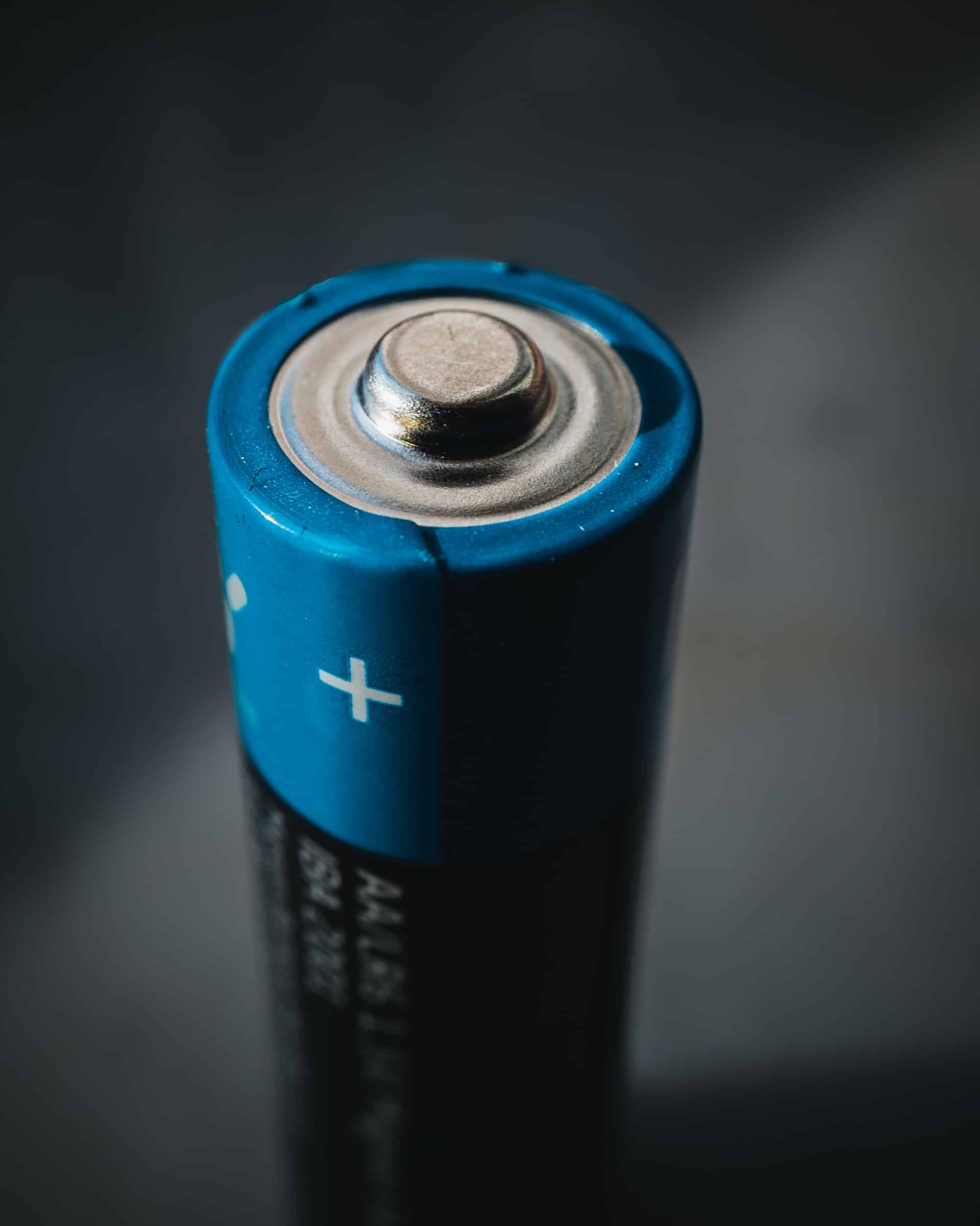In the United States, power grid operators balance the supply of electricity with demand. When the supply outpaces demand, valuable resources are lost. The good news is that renewable energy companies like Green Development LLC are considering the latest battery innovations when submitting proposals for large battery storage facilities.
With utility-scale batteries, renewable energy can be deployed as needed. This technology helps to maintain consistency between energy demand and the available supply, especially during periods of unusually high demand, without relying on fossil-fueled peak-load power plants.
Below, we will examine how battery innovations are changing the renewable energy industry.
IMAGE: UNSPLASH
Affordability And Availability
While utility-scale batteries were not always the norm, they are becoming increasingly common. In part, this is because the production costs for batteries are decreasing. The storage capacity of batteries is also improving. This means that utility-scale battery storage is more economically feasible than ever before.
In addition to affordability, battery storage is becoming more available. It is now standard practice to build battery storage for new green energy facilities. While these are both positive steps, the economic trend toward renewable energy storage has many advantages beyond affordability and availability.
Avoiding Energy Shortages And Outages
Recent extreme weather events have highlighted a number of problems for U.S. electricity grids. In early 2021, winter storm Uri swept across the central United States. During the resulting extreme weather, both Texas and Oklahoma experienced widespread power outages. Some residents went without electricity for more than a week in frigid temperatures.
While it’s true that these outages mainly occurred because energy equipment across all fuel types froze and subsequently failed, it also shined a light on the sharp surges in consumer demand that are likely to occur during extreme weather events.
When unexpected cold or hot weather strikes, consumers demand more power. Storing renewable energy can help mitigate this problem. The excess energy produced during times of decreased use can be saved for times in which demand is higher. For businesses, peak demand often occurs during the day, while household energy demand tends to be highest during evening hours.
This means we can increase the share of energy use represented by renewables instead of relying on fossil fuels during times of high demand.
Over time, the use of battery storage will help meet sudden, sharp increases in energy demand with renewable energy, especially during extreme weather conditions. This is welcome news for people who are concerned about the climate crisis.
Grid-scale battery storage enables communities to become energy-independent. Through storage, renewable energy can be available, even at times of low production and high demand.
Methods Of Renewable Energy Storage
The primary type of storage technology for renewable energy is the lithium-ion battery. However, the term “lithium-ion” can reference a broad range of storage technologies. Not all batteries are the same.
LFP Batteries
One of the primary forms of energy storage is through lithium-iron-phosphate (LFP) batteries. (The same battery Tesla is using more and more.) These have a particularly strong safety record when compared with other models. In the past, LFP was more expensive than NMC alternatives. But they have become much more affordable in recent years.
NMC Batteries
Another popular type of battery relies on lithium-nickel-manganese-cobalt-oxide (NMC). This model of battery is commonly used in electric cars. However, there are some safety concerns with this model. Older versions of this technology have resulted in fires. It is worth noting that utility-scale storage sites are typically operated remotely, which decreases the risk of danger.
The innovations in utility-scale battery storage technology can provide a range of benefits, and even help communities to become energy-independent when combined with renewable energy sites built and managed by companies like Green Development LLC.
About Green Development LLC – Green Development LLC is the leading developer of utility-scale renewable energy projects in Rhode Island, specializing in wind, solar, and battery storage. The company delivers significant energy savings to municipalities, quasi-public entities, nonprofits, and other qualified entities through the virtual net metering program while providing long-term lease payments to landowners and farmers.
If you are interested in even more technology-related articles and information from us here at Bit Rebels, then we have a lot to choose from.


COMMENTS